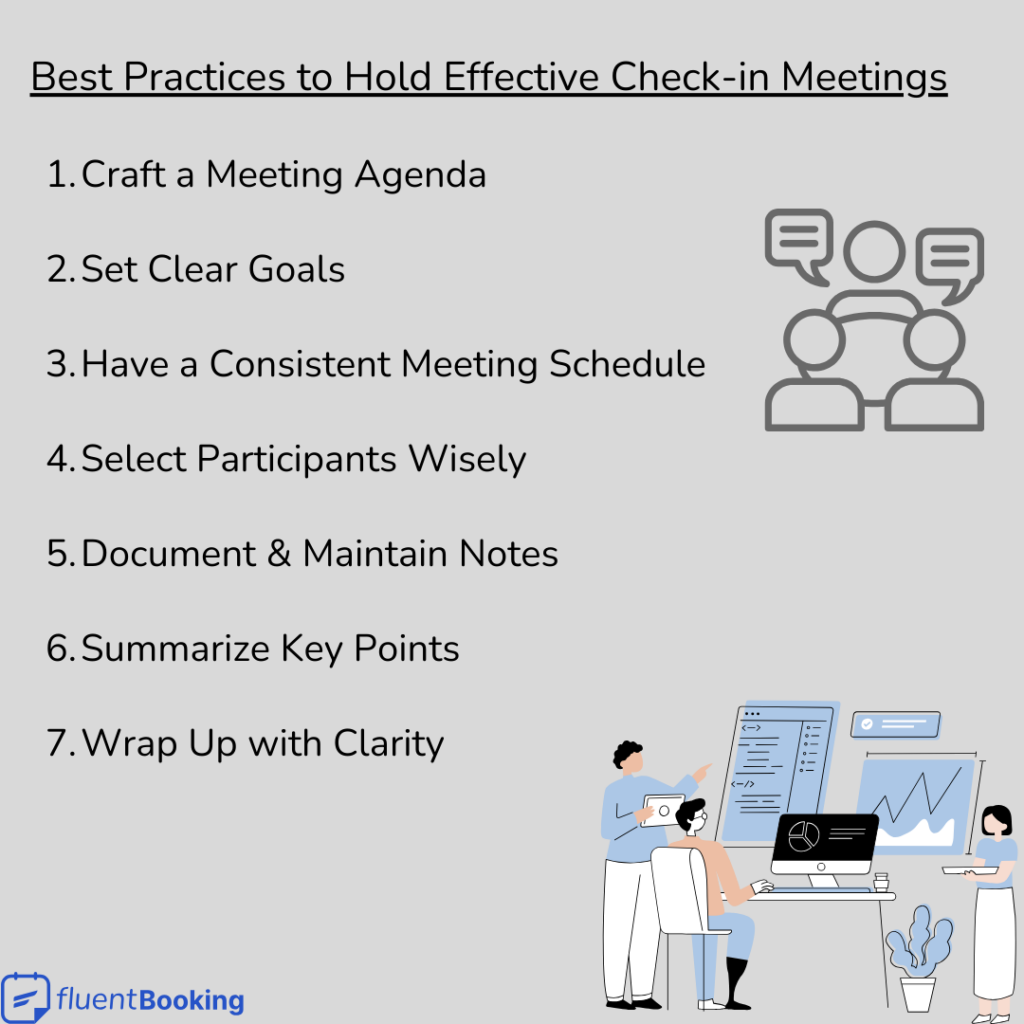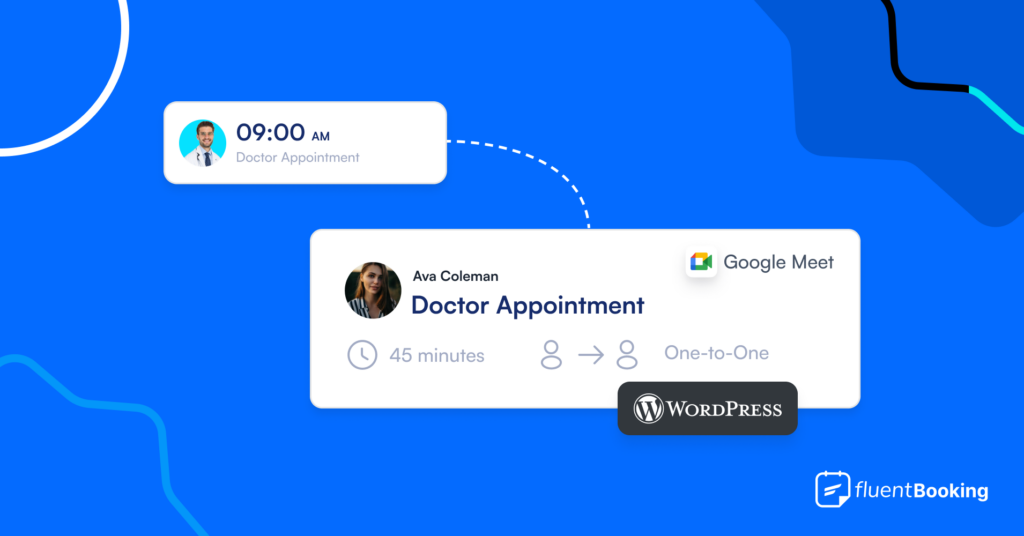
Subscribe for weekly email
We won’t send you spam.
We all know the importance of feedback and recognition, right? They are like a magic spell to keep employees motivated. Studies show that 69% of employees put in extra effort when they feel valued and appreciated.
So, how do you make this happen? Well, the solution lies in conducting regular Check-in meetings.
Check in meetings can be an invaluable platform for acknowledgement and feedback, giving team members a safe space to discuss any issues that may arise.
Hence, it’s essential to learn the tips, tricks and actionable questions to conduct successful meetings and encourage the growth and productivity of your team within your workplace.
Read our concise guide on check-in meetings and get ready to lead impactful sessions with your team!
What is a Check-in Meeting?
A check-in meeting consists of a leader having individual or group sessions with their team members to gather updates, provide feedback or assistance, and nurture positive connections.
Check-ins vary between one-on-one meetings and gatherings with the entire team or a selected group.
Why are Check-in Meetings Important for a Team?
Balancing deadlines, projects, and team coordination can be overwhelming. Despite regular meetings, keeping everyone aligned can be a struggle. That’s where check-in meetings come in handy.
Listed below are the benefits of check-in meetings:
- Better Collaboration: Regular check-in meetings promote collaboration and communication among team members. It results in a collaborative environment and an improved project outcome.
- Improved Goal Alignment: These meetings ensure all team members are on the same page, helping to create a sense of responsibility and alignment towards a shared goal.
- Early Problem Identification & Solutions: Check-in meetings give teams a chance to talk about progress and challenges early. Teams become proactive in minimizing disruptions and making sure things go smoothly.
- Increased Employee Engagement: These meetings provide employees with an opportunity to voice concerns and offer ideas, leading to higher job satisfaction and engagement.
- Strengthened Team Dynamics: They build strong relationships and a cohesive team environment by ensuring regular interactions between team members.
7 Best Practices to Hold Effective Check-in Meetings
Managers often find it tough to decide how often to check in with their team without getting too involved in every little detail. But with some best practices, they can learn to do it better.

Here are a few best practices that you can follow to make your check-in meetings more efficient and productive:
Craft a Meeting Agenda
Prepare a clear agenda, including specific questions for each participant. Use project management tools like FluentBoards to track task progress beforehand, making discussions more focused during the meeting.
Set Clear Goals
Define the purpose of your check in meetings and establish achievable objectives. Collaborate with your team to ensure everyone shares the same goals, preventing misunderstandings and promoting unity.
Have a Consistent Meeting Schedule
Make sure to have a regular meeting schedule to improve team participation and planning. Whether it’s daily or weekly, inform all team members ahead about meeting time to help them schedule accordingly.
You can use appointment scheduling tools such as Fluentbooking to set a convenient time and send reminders to team members before any check in meetings.
Select Participants Wisely
Invite relevant participants to the meeting based on their role, involvement and expertise. Avoid overcrowding. Limit the number of attendees to promote more meaningful discussions.
Document & Maintain Meeting Notes
During check in meetings, jotting down notes can help you remember important points, questions for others, and tasks you need to tackle. It’s like creating a cheat sheet for what comes next.
Summarize Key Points
At the end of each meeting, recap the main discussions and decisions made. This will ensure everyone is on the same page and understand their tasks and goals moving forward. It can also help to identify any potential risks or issues that may arise.
Wrap Up with Clarity
After a successful check-in meeting, employees should leave feeling clearer and more confident than when they arrived. By the end of the meeting, all your team members should have solutions or at least a plan in place to tackle their challenges. To make sure your meeting hits the mark, ensure these key takeaways are crystal clear before wrapping up.
What to Include in a Check-in Meeting?
Check-in meetings offer a structured approach to keep everyone aligned and engaged, ensuring that goals are clear and performance is tracked effectively.
Every check-in meeting consists of a few crucial elements.

Team check in meetings typically include these key elements:
Icebreaker (Introduction)
Start with a warm-up chat to get all the team members comfortable. It could be sharing weekend plans, status updates or a recent success story. This will help in setting a friendly tone.
Team Metrics (Performance Review)
Review how things are going overall and give constructive feedback on areas of improvement. Discuss project updates, client feedback, and any challenges faced. This will help track progress and pinpoint improvement opportunities.
Brainstorming (Planning Ahead)
Open the floor for ideas and plans. Encourage each team member to pitch in with suggestions for upcoming projects or changes needed. This is where solutions are born.
Team Discussions (Engage and Discuss)
Invest time into the topics raised earlier. Let each person lead the conversation about their suggestions or updates. This will help in building teamwork, employee engagement and problem-solving.
Summary (Recap and Wrap-up)
Summarize what was discussed, including any deadlines or key points. This will ensure everyone is on the same page and set the stage for the next meeting. If you’re working with new teams or looking to keep the vibe positive, wrap up with a quick chat. You could share something fun or exciting coming up soon. This will help to strengthen team spirit.
20 Check-in Meeting Questions for Managers
During these meetings, it’s important for managers to ask open-ended questions to get meaningful insights from employees and build stronger relationships.
Here are some constructive check-in meeting questions that you can consider:
- What are you currently working on?
- How can I assist you with your tasks?
- Which task do you find most challenging?
- Do you have any concerns about your current project?
- Is there anything we should consider changing or stopping?
- How manageable is your workload at the moment?
- Do you require any assistance in developing your professional growth?
- What tasks are consuming most of your time?
- How does your current work align with your career goals?
- Are you satisfied with our team dynamics?
- Are you content with the collaboration between our team and others?
- What’s something that brought a smile to your face while working recently?
- Would you like us to plan any team-building activities?
- What are your priorities for this week?
- How can I provide support for your current project or task?
- What is your primary focus for this week?
- What achievements did you celebrate last week?
- What are you excited about in the upcoming weeks?
- Do you require any additional tools, resources, or support?
- Do you feel supported by our leadership?
Let’s Maximize Efficiency by Integrating Check-in Meetings
Regular check-in meetings are essential for managers to strengthen team bonding and facilitate healthy communication. To maximize effectiveness – set clear goals, encourage participation, summarize key points, and end with clear instructions.
Using an availability calendar can prevent scheduling conflicts, making scheduling easier for everyone involved. Follow the best practices and use the check in questions outlined in this article to ensure your check in meetings are productive and beneficial for everyone.
Start using the strategies now and see your team thrive!





Leave a Reply